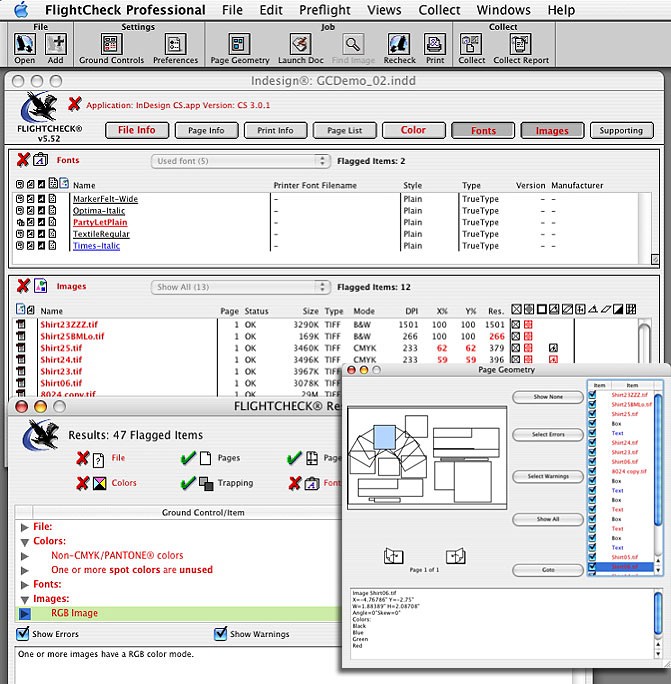

Unlike the larger Flight Check airplanes, the King Air leaves room for just two “passengers.” Behind the pilot’s cockpit divider sits the airborne electronic technician, facing a computer screen and keyboard. Far from a luxurious corporate interior, these airplanes are filled to the brim with the computers and avionics needed to certify and measure the accuracy of navaid signals. Because the other Flight Check airplanes are larger than the King Airs, interference among the antenna array is less of a problem.Īll Flight Check airplanes are nearly the same on the inside. There are so many antennas, in fact, that it was a real challenge to get them installed in such a way that their signals don’t interfere with each other.

It’s painted blue and white, the fleet’s colors, and looks like a typical corporate airplane, except that the FAA airplanes are bristling with antennas– top, bottom, tail and nose. We were originally scheduled to fly in a Learjet 60, but when we arrived at the FAA Technical Center hangar at the Atlantic City flight-inspection office on a clear but windy morning, that aircraft was down for an unscheduled repair.Įxcept for the N-number, Flight Check 69 looks like all the other King Airs in the fleet. Three Challengers are based internationally, rotating from country to country and flown by crews sent from the U.S.įAA public-affairs officer Fraser Jones and I rode Flight Check King Air 300 N69 to observe a typical day in the life of a Flight Check crew. and Oklahoma City, home of Flight Check’s central operations center. Anchorage, Alaska Atlanta Battle Creek, Mich. Today, the fleet consists of six Learjet 60s, six Hawker 800s and 18 King Air 300s based in Atlantic City, N.J. A Fairchild C-123 Provider and a Gulfstream I were also in the Flight Check fleet at one time. Since then, Flight Check has flown many different models, including Twin Beeches, DC-3s, DC-4s, Cessna Bamboo Bombers, Convair 240s and 580s, Sabreliners, Stinsons, Jet Commanders and even Lockheed Constellations. One of the first airplane types used for “airways surveys” was the Douglas M-4 mailplane. It began long before there was an FAA, nearly at the same time that sophisticated electronic guidance systems were starting to be used–1926, to be exact.

The only things that keep them from their appointed rounds are severe low-level turbulence (80 percent of inspection flights are flown below 2,000 ft agl), the rare mechanical or technical problem and threatening weather, such as icing or thunderstorms.Īirborne checking of the accuracy of navaids is far from a new FAA function. To accomplish this awesome task, Flight Check crews–two pilots and a technician–are scheduled to fly virtually every day and many nights (to avoid high-density airports during busy traffic periods) in VMC and IMC all year around. Morton and 188 other FAA pilots, flight technicians and support personnel operate a fleet of 33 airplanes–King Airs, Learjets, Hawkers and Challengers–in a never-ending effort to ensure that the more than 1,200 precision approaches, 1,900 NDB procedures, 2,700 VOR approaches, 3,300 GPS procedures and 3,900 procedures encompassing MLS, LOC, LDA, SDF, SIDS and STARS, in addition to the hundreds more in some 50 other countries, are functioning properly at all times. At nontower airports, the safe completion of navaid inspections depends on pilot awareness and cooperation when “flight check” is heard on the frequency. At controlled airports, these flights typically receive special handling by ATC.
Flightcheck jobs full#
When ATC and other pilots hear “this is an FAA flight check” on the frequency, they should be aware that navaid inspections are in progress, and these checks involve far more than just a “practice approach.”įlight Check airplanes fly preplanned low-altitude patterns–such as grids, orbits, DME arcs, tracks, instrument approaches and low (50 ft agl) passes along the full length of the runway–often in the opposite direction of the normal traffic flow. One of the things that most infuriates Jim Morton when he’s on his job is when he hears ATC telling nearby traffic, “Caution: FAA practice instrument approaches under way.” Morton is an FAA airspace system inspection pilot, and he and his crew must frequently emphasize to ATC and pilots that “we are not shooting practice approaches.” His mission is flight checking the accuracy of electronic navaids in the U.S.


 0 kommentar(er)
0 kommentar(er)
